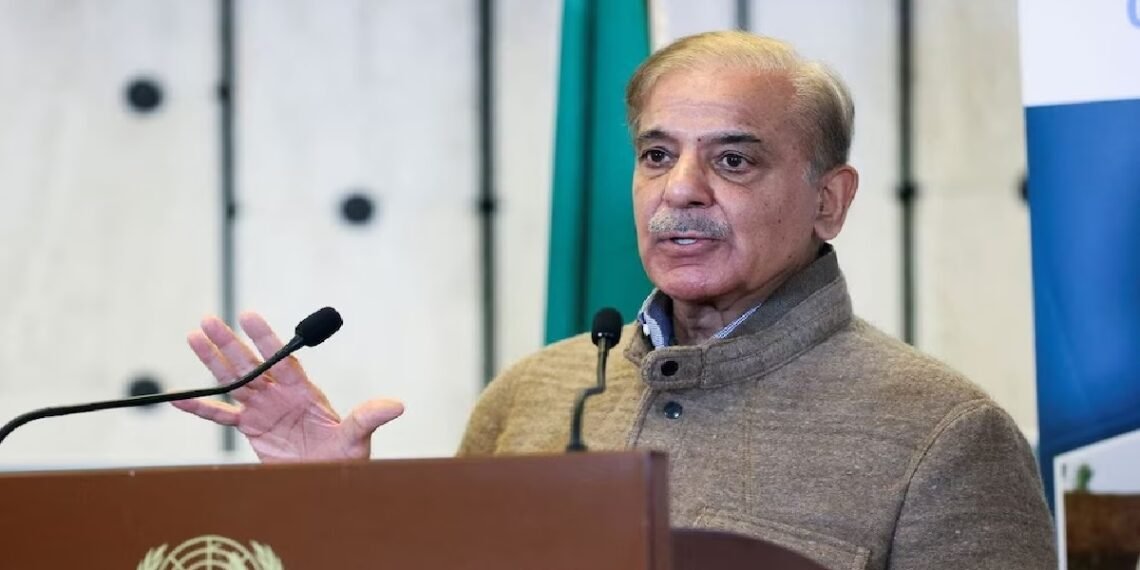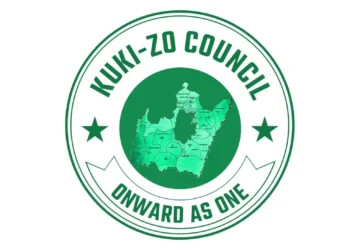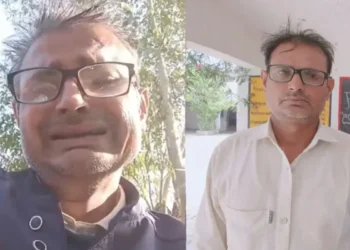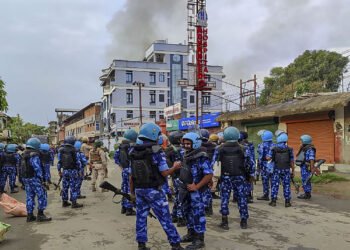At a ceremony held at the presidential residence, Aiwan-i-Sadr, 72-year-old Shehbaz was administered the oath by President Arif Alvi.
Shehbaz Sharif Sworn in as Pakistan’s Prime Minister Amidst Economic and Security Challenges
In the face of severe economic and security challenges, Shehbaz Sharif took office as Pakistan’s 24th Prime Minister on Monday, taking over the financially strapped nation for the second time since 2022.
At a ceremony held at the presidential residence, Aiwan-i-Sadr, 72-year-old Shehbaz was administered the oath by President Arif Alvi. Days after the Pakistan Peoples Party and the Pakistan Muslim League-Nawaz reached an agreement on a power-sharing arrangement to establish a coalition government, the oath-taking ceremony took place.
A coalition government led by Shehbaz held the prime ministership from April 2022 to August 2023, prior to the dissolution of Parliament to hold general elections last month.
Also Read: Calling PM Modi “big brother,” Telangana CM asks the center to support the state’s development
Shehbaz Sharif Assumes Office Amidst Opposition and Support: A Glimpse into the Oath Ceremony
Former prime minister Nawaz Sharif, chief minister of Punjab Maryam Nawaz, and other PML-N members were present at the ceremony. Murad Ali Shah, the chief minister of Sindh and leader of the PPP, was also present at the event. Despite oppositional sloganeering, Shehbaz easily won a majority in the newly elected Parliament on Sunday.
In the 336-member Parliament, Shehbaz, the joint candidate of the PPP and the PML-N, received 201 votes. 92 votes were cast for his opponent, Omar Ayub Khan of the imprisoned former prime minister Imran Khan’s Pakistan Tehreek-e-Insaf.
Challenges Ahead for Shehbaz Sharif: Navigating Pakistan’s Political Landscape and Economic Reforms
Although the Sharifs-led party is technically the largest party with 75 out of the 265 contested seats, it was unable to secure a clear majority in the polls conducted on February 8th, which were clouded by accusations of vote rigging.
The nation’s cash-strapped economy and administration need reform, and the new leader must make some tough choices.













